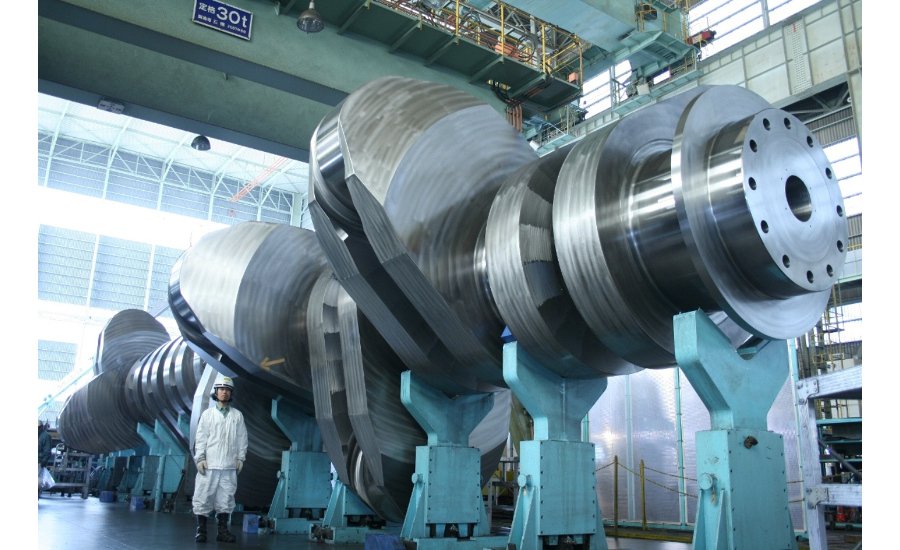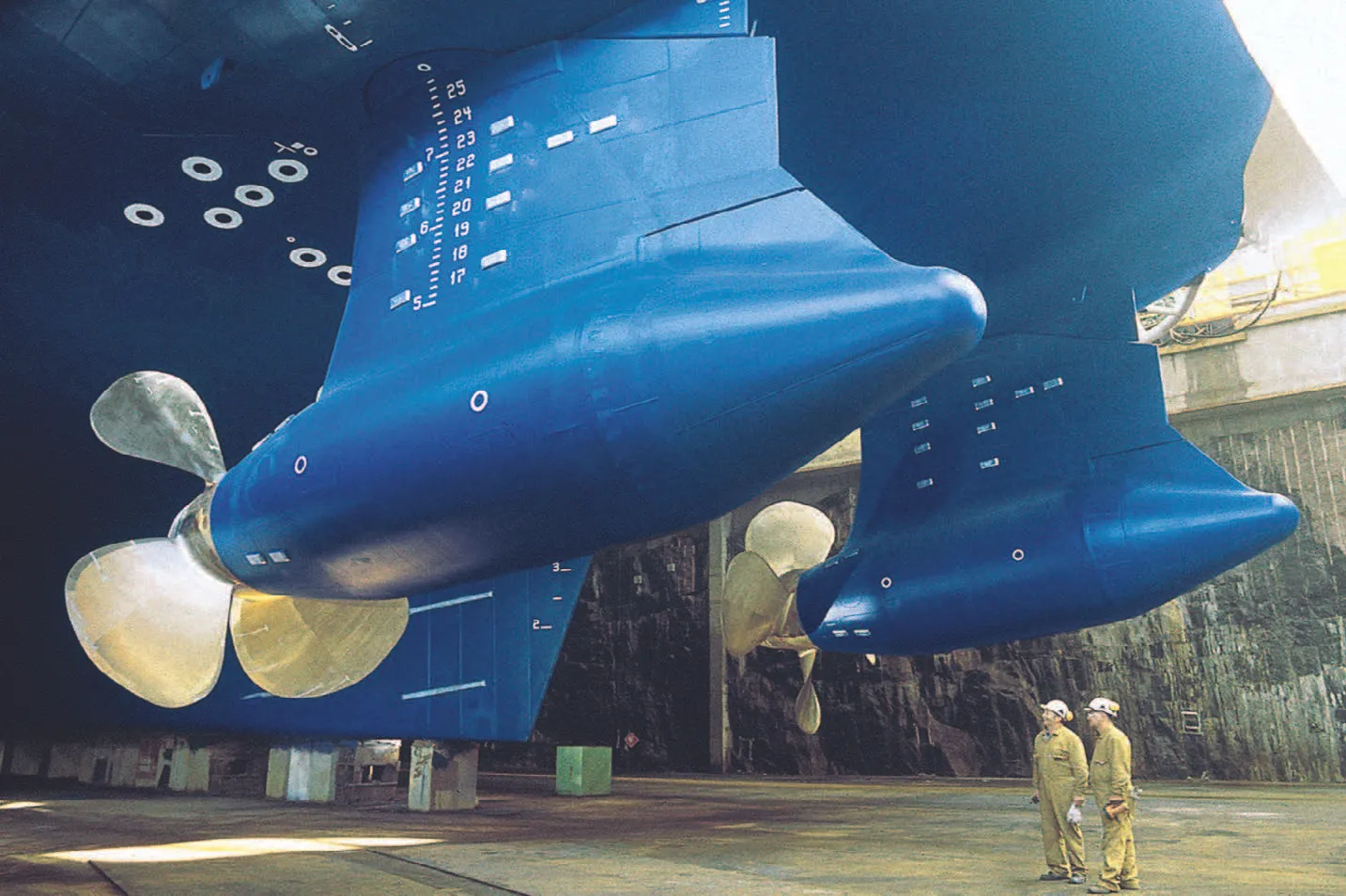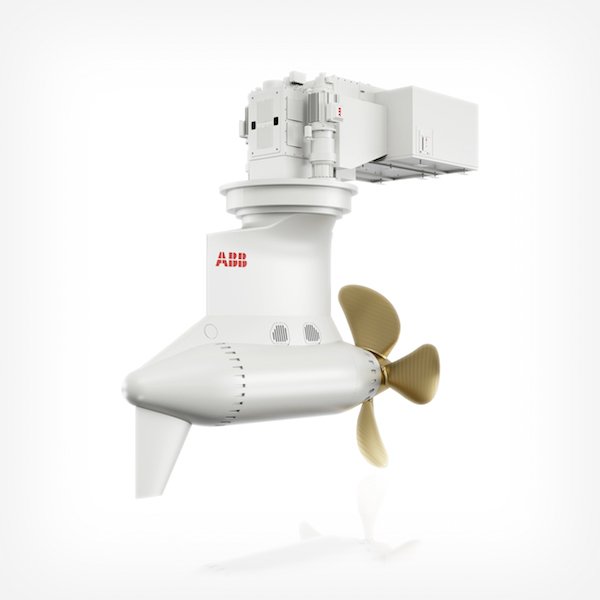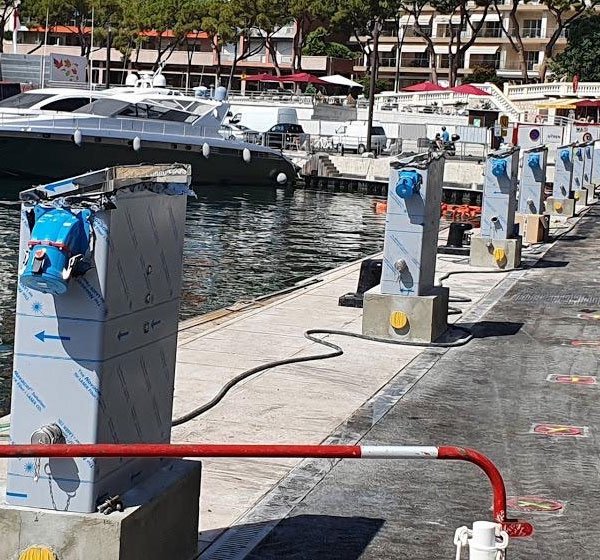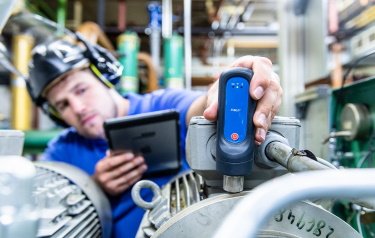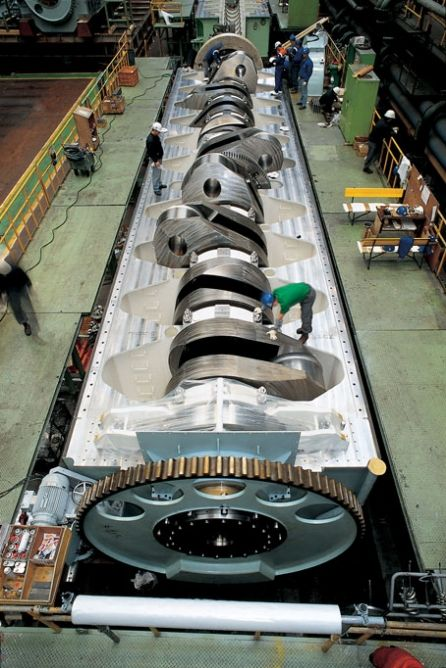
In the world of maritime propulsion, slow-speed engines are at the forefront of providing reliable and efficient power to large ships. At the core of these engines lies a vital component—the crankshaft. Serving as the mechanical heart, the crankshaft transforms reciprocating motion into rotational energy, driving the propeller and propelling the vessel forward. This article delves into the fascinating world of marine slow-speed engine crankshafts, exploring their construction, functionality, and crucial role in powering ships across the seas.
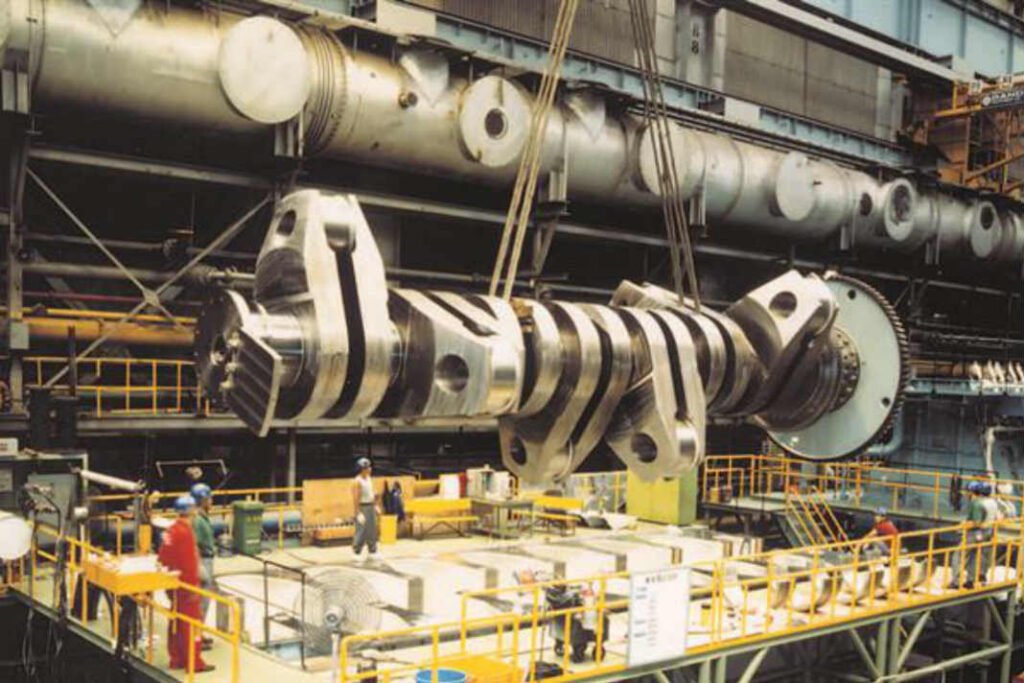
Understanding the Function of a Crankshaft
The crankshaft is a key component in the powertrain system of a slow-speed marine engine. Its primary function is to convert the reciprocating motion of the pistons into a rotary motion that can be utilized to drive the ship’s propeller. As the pistons move up and down in the engine’s cylinders, they transfer their linear motion to the crankshaft, which subsequently converts it into rotational motion.
Construction and Design
Marine slow-speed engine crankshafts are engineered to withstand tremendous mechanical forces and operate reliably for extended periods. They are typically forged from high-strength alloy steel, meticulously designed to handle the intense stresses generated during operation.
Crankshafts consist of several main components, including the main journal, crankpin journal, counterweights, throws, and fillets. The main journal supports the entire crankshaft assembly, while the crankpin journals connect the connecting rods of the pistons. The counterweights are strategically placed to balance the rotating mass, reducing vibrations and ensuring smooth operation.
Load Distribution and Stress Management
Crankshafts in slow-speed engines endure enormous loads and stresses due to the large size and power output of these engines. As the pistons reciprocate, they exert forces on the crankshaft, generating bending and torsional stresses. To manage these stresses effectively, crankshafts are engineered with carefully calculated dimensions and specific geometries.
Modern crankshafts often feature fillets—smooth transitions between different sections—to distribute stress concentrations more evenly, minimizing the risk of fatigue failure. Extensive finite element analysis and computer-aided design techniques are employed during the manufacturing process to optimize strength and ensure long-lasting performance.
Lubrication and Cooling
Proper lubrication is crucial for the smooth operation and longevity of a crankshaft. The main and crankpin journals are equipped with bearings that facilitate rotational movement while minimizing friction and wear. Effective lubrication systems supply oil to these bearings, ensuring a continuous and reliable lubricating film is maintained between the shaft and the bearing surface.
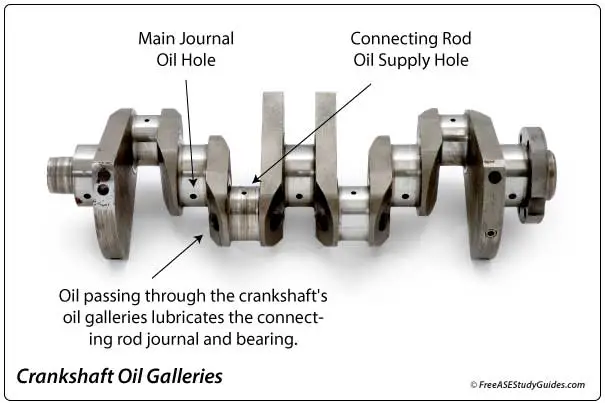
Crankshafts also require efficient cooling to dissipate heat generated during operation. Cooling passages or oil galleries are often incorporated within the crankshaft design to facilitate the flow of cooling oil, preventing overheating and maintaining optimal operating temperatures.
Maintenance and Inspection
Regular maintenance and inspection are essential to ensure the integrity and reliability of marine crankshafts. Routine checks involve assessing the condition of the crankshaft for signs of wear, corrosion, or fatigue. Non-destructive testing methods, such as ultrasonic inspection, are employed to detect potential flaws or cracks that could compromise the crankshaft’s structural integrity.
In the event of damage or excessive wear, crankshafts may require repair or replacement. Specialized machining processes, such as grinding or polishing, are utilized to restore the surface finish and dimensions of the crankshaft within precise tolerances.
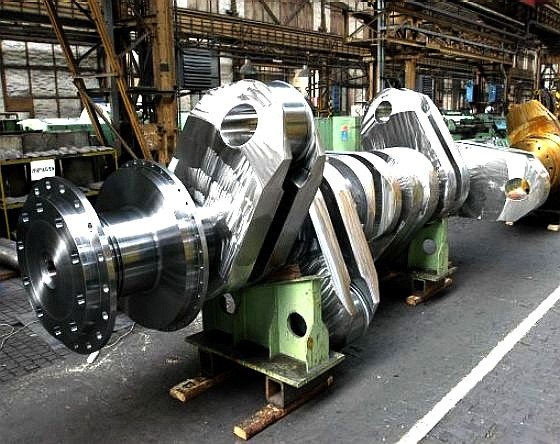
Marine slow-speed engine crankshafts play a critical role in converting the reciprocating motion of pistons into rotational energy, powering large ships across the seas. Constructed with high-strength materials, meticulously designed, and subjected to rigorous inspection and maintenance, these crankshafts endure immense loads and stresses while ensuring reliable and efficient operation. As maritime technology advances, the development of crankshaft design and manufacturing techniques continues to contribute to the power, efficiency, and longevity of marine propulsion systems, driving the future of seafaring.
